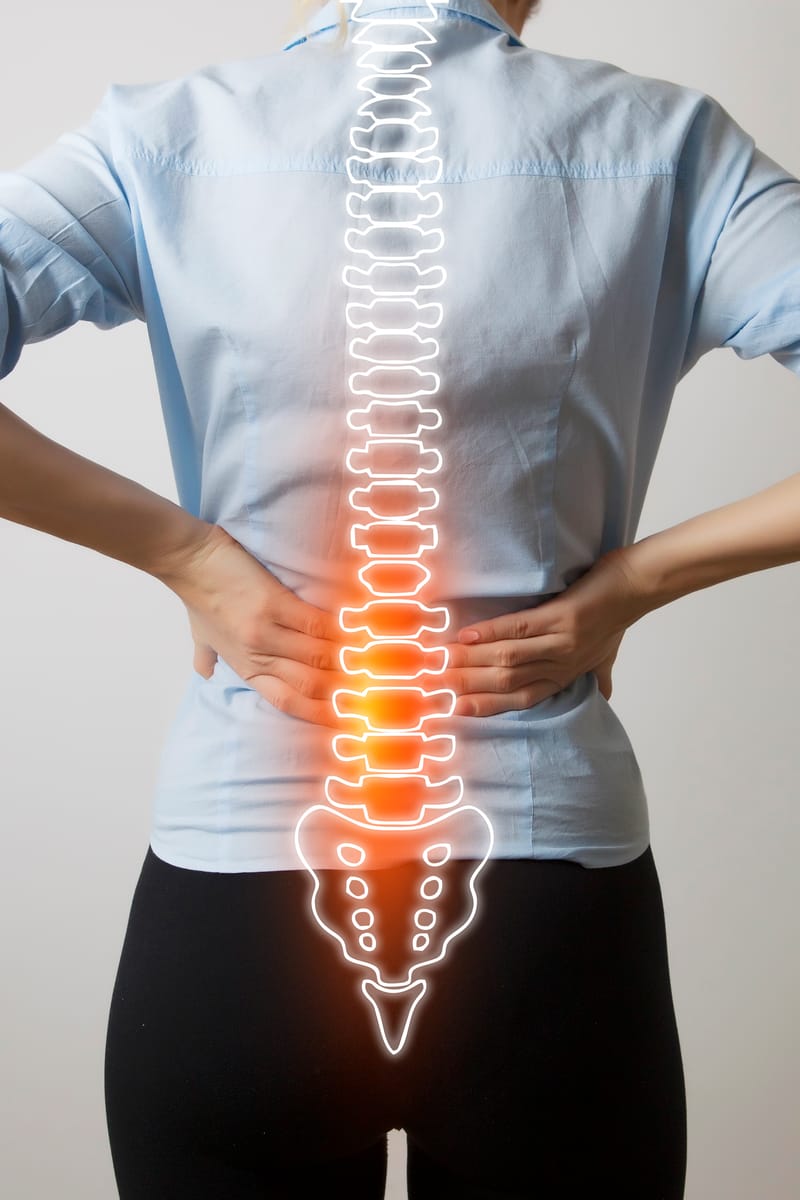Back Pain/Sciatica/Scoliosis

Back pain, sciatica, and scoliosis are distinct conditions affecting the back, each with its own causes, symptoms, and treatments.
Back Pain
Back pain is a common ailment that can range from a mild, dull ache to a sharp, debilitating pain. It can be acute, lasting a few days to weeks, or chronic, persisting for 12 weeks or longer.
- Causes: Back pain can arise from muscle or ligament strains, bulging or ruptured discs, arthritis, osteoporosis, or skeletal irregularities. Other contributing factors include poor posture, obesity, and job-related activities involving heavy lifting or prolonged sitting.
- Symptoms: Symptoms vary but may include muscle ache, shooting or stabbing pain, limited range of motion, and pain that radiates down the leg.
- Treatments: Treatment options range from self-care (rest, ice/heat, over-the-counter pain relievers) to medical interventions like physical therapy, prescription medications, injections, and, in rare cases, surgery.
Sciatica
Sciatica is nerve pain caused by irritation or compression of the sciatic nerve, which runs from the lower back through the buttocks and down the leg.
- Causes: Common causes include herniated discs, spinal stenosis, spondylolisthesis, and, less frequently, tumors or infections affecting the spine.
- Symptoms: Sciatica typically presents as a sharp, burning pain that radiates from the lower back down the back of the thigh and leg, sometimes accompanied by numbness, tingling, or weakness in the affected leg. Symptoms usually affect only one side of the body.
- Treatments: Treatment approaches include pain management with over-the-counter or prescription medications, physical therapy, and, in some cases, corticosteroid injections or surgery to relieve nerve compression.
Scoliosis
Scoliosis is an abnormal sideways curvature of the spine. It is often diagnosed in childhood or early adolescence.
- Causes: Most cases of scoliosis are idiopathic, meaning the cause is unknown. Other causes include congenital disabilities, neuromuscular conditions (such as cerebral palsy or muscular dystrophy), and genetic factors.
- Symptoms: Symptoms may include uneven shoulders, a visible curve in the spine, one shoulder blade appearing larger than the other, uneven waist, and one hip higher than the other. In severe cases, scoliosis can cause pain and breathing difficulties.


